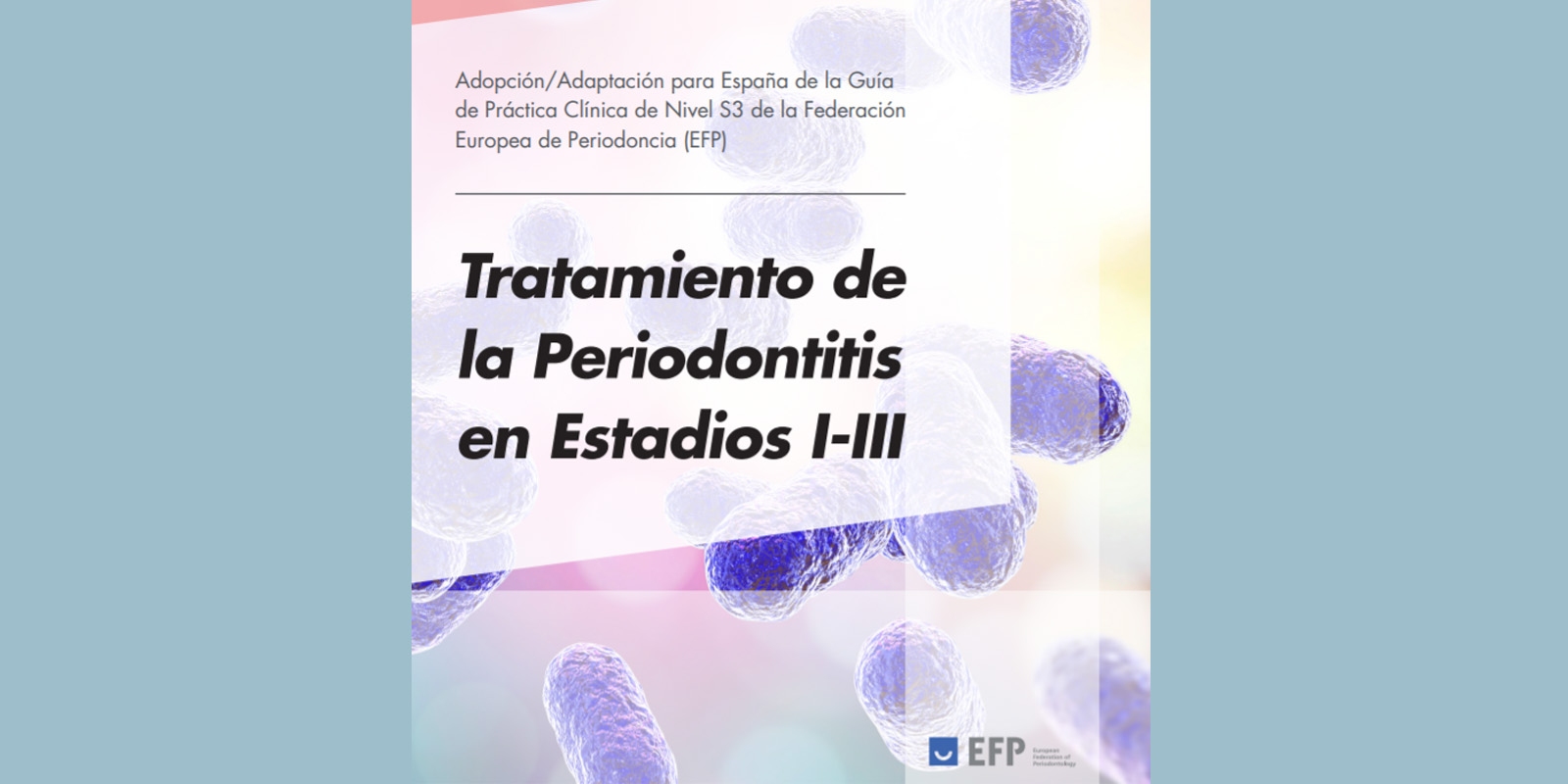DENTAID EXPERTISE
News for dentistry professionals
STOP DENTAL SENSITIVITY

Learn about key procedures when it comes to preventing and treating your patients’ dental sensitivity.
Dental Sensitivity (DS) is a warning signal alerting to aggression and is characterised by intense, transient, short-lasting pain. The pain is associated with the exposure of the dentine to the oral environment and with open dentinal tubules, in response to thermal, tactile, osmotic or chemical stimuli (hot, cold or acidic food and drinks), or to dehydration, and which cannot be attributed to another disorder or pathology.
This disorder is highly prevalent, as it affects one in seven adults between the ages of 18 and 40, but only 5-10% of these seek help of from a professional. There has been an increase observed in younger patients, possibly due to excessive consumption of acidic and carbonated drinks, and to an increase in the unsupervised use of whitening products.
The most affected teeth are usually the premolars and the canines, on the buccal surface and in the cervical area.
AETIOLOGICAL FACTORS
The main causes of DS are:
* Very acid diet
* Acid reflux
* Medicines
* Receding gums
* Periodontal disease
* Highly abrasive toothpastes
Other factors that may cause DS are tooth decay, poorly fitting restorations, fractures, trauma, open cemento-enamel junctions, grooved or fissured teeth, scaling and even removable prostheses or braces.
SD can be multifactorial and lead to destructive and para-functional processes such as attrition, abrasion and erosion.
EXAMINATION TECHNIQUES
The tooth to be studied is isolated and the pain measurement scale is established (numerical, verbal or visual).
• Thermal. Cold using ethyl chloride on the buccal and lingual surfaces, and heat using hot gutta-percha with prior application of petroleum jelly.
• Tactile. Horizontal movements are made with a dental probe against the cervical area of the tooth.
• Osmotic. Saturated glucose solution applied with a cotton swab for 10 seconds.
• Electric. Pulp testing on the buccal surface.
HOME TREATMENT
Prevention and treatment sometimes require changes in hygiene and dietary habits, and even the treatment of behavioural disorders or dysfunctions.
* Reduction of nervous sensitivity: potassium salts (potassium nitrate, potassium chloride, potassium citrate, etc.).
* Occlusion of dentinal tubules: hydroxyapatite, stannous fluoride, sodium fluoride, silicon biocrystals, phosphorus and calcium, arginine, etc.
INVASIVE PROFESSIONAL TREATMENT
Indicated in cases of severe DS with loss of hard and soft tissues:
* DS from major gum recession: covering with epithelial flaps or periodontal grafts.
* Use of laser physically occluding the dentinal tubules. These treatments may be applied alone or in conjunction with other therapies.
About the Author
Responsable de la Comisión de Periodoncia del Colegio Profesional de Higienistas Dentales de Madrid
RELATED ARTICLES

17 Feb 2022
EuroPerio Series: professional discussions and scientific exchange
To keep the global perio community up to date with the latest research findings as well as give a taster of what is to come at EuroPerio10, the…

21 Jan 2022
Xerostomia in COVID-19 positive patients: clinical considerations
Severe Acute Respiratory Syndrome Coronavirus 2 (SARS-CoV-2) the cause of the pandemic known as COVID-19, affects different organs and systems (lungs,…

20 Jan 2022
A guide adapted to Spain to optimise the approach to periodontitis
There are currently numerous clinical practice guidelines to direct the treatment of many systemic diseases (such as diabetes, depression,…
Sign up for the DENTAID Expertise newsletter
Sign up for the newsletter